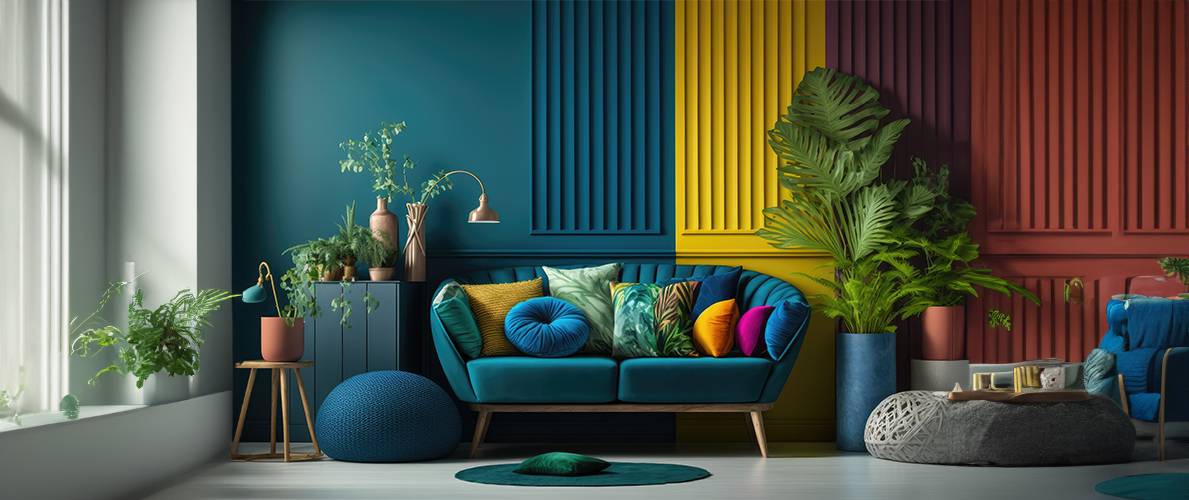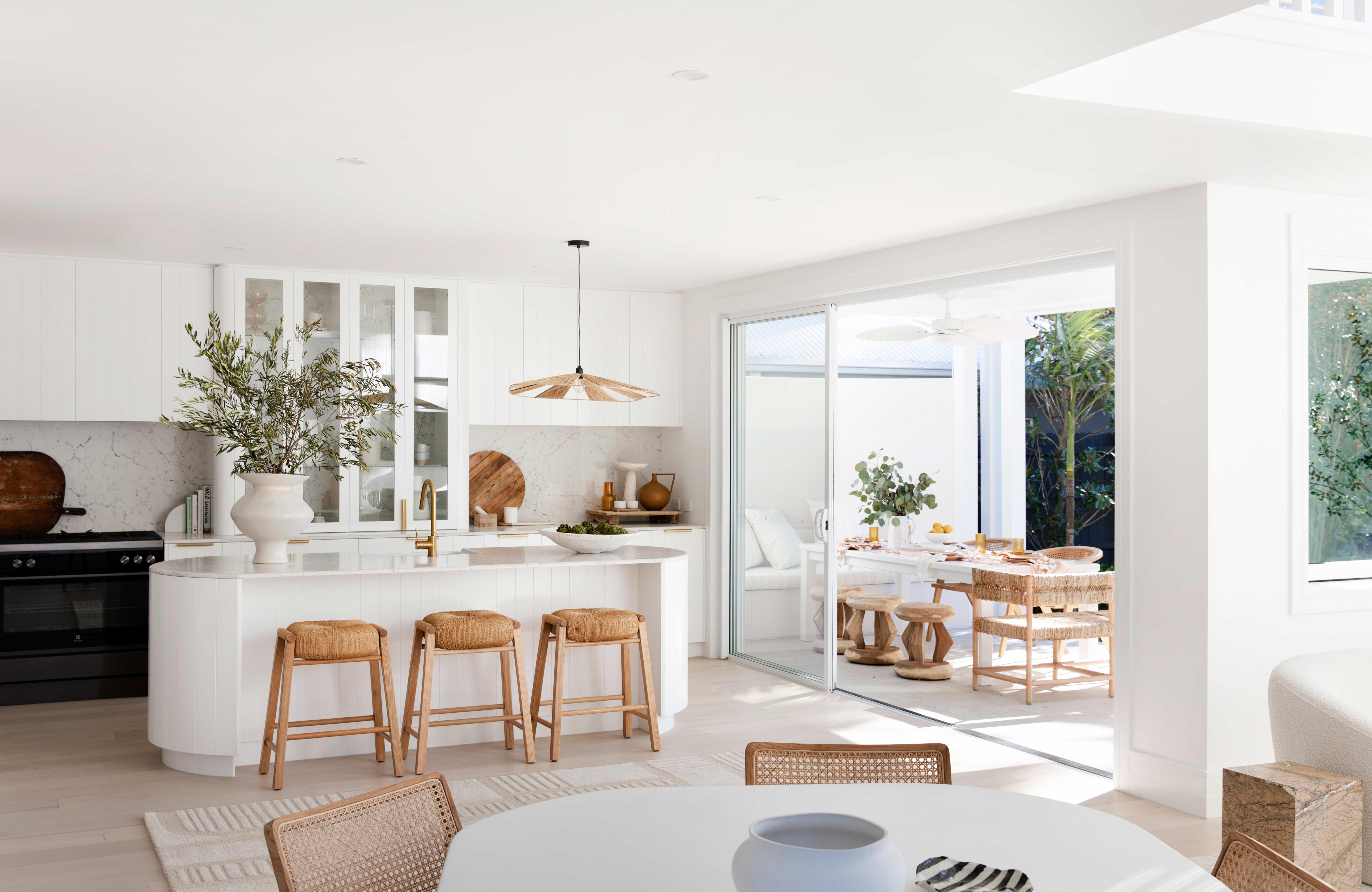Get inspired by professionals in luxury interior design to craft a beautiful space.
Get inspired by professionals in luxury interior design to craft a beautiful space.
Blog Article
Transform Your Home With Crucial Principles of Interior Decoration and Looks
By understanding the influence of color theory and the value of appearance and patterns, one can create rooms that are not just aesthetically attractive but likewise deeply individual. Achieving this equilibrium includes more than plain decoration; it encompasses a tactical plan and an eager understanding of exactly how each element engages within a space.
Recognizing Color Concept
Color concept is an essential element of indoor layout that dramatically influences mood, understanding, and overall aesthetic. Recognizing the concepts of color theory allows developers to develop areas that resonate psychologically with passengers while satisfying useful requirements (interior design firms). Colors can be categorized right into three key kinds: key, second, and tertiary. Each classification plays an essential role in developing consistency within a space.
The mental influence of shades is profound; cozy tones such as reds and oranges stimulate energy and warmth, while trendy tones like blues and greens promote peace and peace. The use of corresponding colors boosts visual rate of interest, producing striking contrasts that can boost a space's appeal.
Neutral colors, on the various other hand, offer as a flexible backdrop, allowing other style elements to radiate. It is necessary to take into consideration factors such as illumination and the space's function when selecting a shade scheme, as these can modify the understanding of shades throughout the day.
Ultimately, a well-considered color pattern can change a space, cultivating a feeling of comfort and style that aligns with the residents' choices. Mastery of color concept is, for that reason, a vital ability for any interior designer intending to produce unified and welcoming atmospheres.
Attaining Balance in Style
Exactly how can developers accomplish a sense of stability in their areas? Accomplishing balance in layout is essential to producing harmonious interiors. Designers can utilize three main types of balance: balanced, unbalanced, and radial. Symmetrical balance includes organizing elements equally around a central factor, cultivating a feeling of order and tranquility. This kind typically features sets of furnishings or artwork, enhancing visual stability.
Asymmetrical balance, on the various other hand, relies on varying aspects that still accomplish a natural appearance. This approach permits even more dynamic and informal plans, giving passion while keeping balance. By very carefully selecting differing sizes, shades, and appearances, designers can develop an aesthetically compelling area that feels well balanced yet energetic.
Radial equilibrium stresses a main focal point with aspects emitting outward. This style is typically seen in round designs, where furniture and style create a cohesive border that draws the eye internal.
Inevitably, accomplishing balance requires thoughtful consideration of range, proportion, and the partnerships between aspects. luxury interior design. By skillfully using these equilibrium principles, designers can change areas right into environments that really feel both aesthetically pleasing and functionally unified, enhancing the total experience for residents
Significance of Spatial Awareness

A keen feeling of spatial recognition permits developers to recognize focal factors within a room, directing the audience's focus to vital attributes while keeping a total sense of unity. It also helps in the calculated placement of lights, which can dramatically influence the understanding of room and mood. Comprehending spatial connections allows the developer to provide to the details needs of residents, making sure that each location offers its designated purpose without jeopardizing looks.
Ultimately, spatial understanding is vital for maximizing the capacity of any interior room. By carefully taking into consideration the interplay between measurements, format, and function, designers can develop environments that not just fulfill sensible demands but also stimulate a feeling of convenience and elegance, boosting the general living experience.
Incorporating Appearance and Patterns
Welcoming a varied variety of structures and patterns can significantly improve the visual and tactile allure of an indoor space. The critical use various products-- such as wood, steel, material, and stone-- produces deepness and passion, making a space feel extra inviting and vibrant. Integrating smooth surfaces with rough textures can establish a balance that draws the eye and engages the detects.
When including patterns, take into consideration both scale and repeating. Big patterns can work as centerpieces, while smaller, subtle layouts can complement other components without overwhelming the area. Layering patterns, such as pairing flower paddings with candy striped throws, adds intricacy and a feeling of consistency if executed thoughtfully.
It is also essential to maintain a natural shade scheme, ensuring that appearances and patterns work together instead of complete for interest. By selecting a few vital structures and patterns, you can produce a combined visual that mirrors your personal style while enhancing the total ambiance of the area. Inevitably, the mindful incorporation of these components can transform a mundane room right into an advanced environment rich with personality and heat.
Personalizing Your Space
Developing an area that reflects your personality is important to accomplishing a really inviting setting. Personalization in interior decoration allows you to instill your one-of-a-kind style and passions into your home, transforming it from a plain sanctuary right into a refuge that speaks to that you are. Begin by selecting a shade scheme that resonates with your feelings-- vibrant shades can energize, while soft tones supply harmony.
Integrate art work and decoration that reflect your interests, whether it be travel, nature, or abstract principles. Displaying individual collections, such as publications, photographs, or mementos, can stimulate valued memories and produce prime focus within a space. Additionally, take into consideration personalizing useful pieces, like upholstered furnishings, to straighten with your aesthetic preferences.

Final Thought
To conclude, the improvement of a home via the vital concepts of interior decoration and looks demands an extensive understanding of color concept, equilibrium, spatial recognition, texture, and customization. Each component adds significantly to producing a harmonious and practical living setting - luxury interior design. By thoughtfully incorporating these concepts, people can boost the aesthetic allure and psychological vibration of their spaces, ultimately fostering a home article source that shows distinct identities while supplying comfort and functionality
Report this page